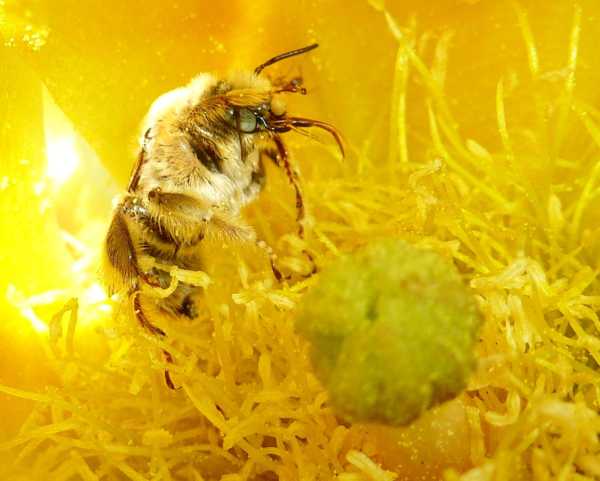Data from: Urbanization-induced habitat fragmentation erodes multiple components of temporal diversity in a Southern California native bee assemblage
Data from: Urbanization-induced habitat fragmentation erodes multiple components of temporal diversity in a Southern California native bee assemblage
About this collection
- Extent
-
1 digital object.
- Cite This Work
-
Hung, Keng-Lou James; Holway, David A. (2017). Data from: Urbanization-induced habitat fragmentation erodes multiple components of temporal diversity in a Southern California native bee assemblage. UC San Diego Library Digital Collections. https://doi.org/10.6075/J000001W
- Description
-
This dataset was collected by Keng-Lou James Hung during his PhD dissertation at UC San Diego. The purpose of this study was to examine the diversity of bee species in the coastal sage scrub reserves and habitat fragments of coastal San Diego County. The data file contains three tables. The first table lists the study plots used in the study. The second table lists the bee specimens collected in the study. The third table lists the entomophilous plant species in the study plots that were recorded as being in bloom during the study.
- Date Collected
- 2011-04-12 to 2012-08-13
- Date Issued
- 2017
- Author
- Thesis Advisor
- Methods
-
Data collection occurred in 1-ha study plots embedded in large natural reserves and habitat fragments that span a gradient with respect to their internal area of contiguous scrub habitat. Both reserve plots and fragment plots were chosen from areas that contained a diversity of native perennial shrubs, dominated by combinations of Acmispon glaber (Vogel) Brouillet, Artemisia californica Less., Bahiopsis laciniata (A. Gray) E. E. Schilling & Panero, Eriogonum fasciculatum Bentham, Malosma laurina (Nutt.) Abrams, Rhus integrifolia (Nutt.) Brewer & S. Watson, and Salvia mellifera E. Greene. To the extent possible, study plots were chosen at sites with minimal invasion by exotic forbs such as Brassica nigra (L.) Koch, and Erodium spp., and exotic grasses such as Avena spp. and Bromus spp. Reserve plots were chosen within four distinct reserves: Elliott Chaparral Reserve of the University of California Reserves System (plots ECR1 and ECR2), Mission Trails Regional Park (plots MTE2 and MTI2), the Otay-Sweetwater unit of the San Diego National Wildlife Refuge (plots SWEA and SWI2), and the Tijuana River National Estuarine Research Reserve (plot TRR1). Fragment plots were chosen in the vicinity of reserve plots (maximum distance between fragment and reserve plots < 15 km) and consisted of well-preserved scrub habitat surrounded by urban, residential infrastructure such as roads (two lanes minimum), buildings, and paved lots (and in one instance at plot CFS1, a sandy beach).
One researcher, KLJH, sampled bees at all study plots, on sunny days with light wind. Sampling consisted of bowl-trapping and aerial netting. Bowl traps consisted of plastic bowls 7 cm in diameter that were white (left unpainted) or painted fluorescent blue or fluorescent yellow and filled with roughly 60 ml of unscented detergent solution. During each survey, 30 bowl traps were placed at a study plot before 0900 h and collected after 1500 h. Traps were placed on level ground in an alternating sequence of colors, deployed in two roughly linear transects originating from the corners of each plot and forming an “X” formation near the plot’s center. Traps were placed 5-10 m apart from one another and at least 1 m from the canopy of large shrubs to avoid being shaded. During aerial netting, bee species other than honey bees were collected regardless of whether they were on flowers, in flight, or in the vicinity of presumed nesting substrates. Large bees that could be identified on the wing (e.g., carpenter and bumble bees) were not exhaustively collected. In 2011, surveys were performed ca. every 2-3 weeks at each study plot (n = 9 survey days per plot), during which time, 60-min bouts of netting were performed once between 0900 h and 1200 h and once between 1200 h and 1500 h (120 min total per site per survey). In 2012, in order to accommodate a larger number of study plots, surveys were performed ca. every 3-5 weeks (n = 5 survey days per plot) and included only a single 60-min bout of netting at each plot during each survey. Due to logistical challenges related to sampling permits, two study plots (ECR1 and ECR2) were only sampled four times in 2012 instead of five.
Concurrently with the bee sampling, the identities of entomophilous plant species occurring in each plot in each year were documented; in 2012, the abundance (number of individuals) of each plant species that was blooming during each survey was also estimated. Because many key plant species in the study system are patchily distributed and because the thick growth of large, woody shrubs prohibited the use of random linear transects at many of the study plots, documenting blooming plants was achieved by walking through pre-planned paths that allowed the observer’s field of view to cover the entirety of the study plot. - Funding
-
This work was funded by the UC San Diego Academic Senate Bridge Fund Grant BIO088B, the National Geographic Society Young Explorer Grant 9014-11, the Jeanne Marie Messier Memorial Endowed Fund, and the Sigma Xi Society Grant in Aid of Research G20111015158245.
- Scientific Name
- Topics
Formats
View formats within this collection
- Related Resources
- Hung K-LJ, Ascher JS, Holway DA (2017) Urbanization-induced habitat fragmentation erodes multiple components of temporal diversity in a Southern California native bee assemblage. PLoS ONE 12(8): e0184136. https://doi.org/10.1371/journal.pone.0184136
- Hung, Keng-Lou J.; Cen, Henry J.; Lee, Adrienne; Holway, David A. (2019). Plant-pollinator interaction networks in coastal sage scrub reserves and fragments in San Diego. UC San Diego Library Digital Collections. https://doi.org/10.6075/J0DZ067F
- Hung, Keng-Lou James; Holway, David A. (2021). Native bees in San Diego's coastal sage scrub reserves and fragments, surveyed in 2015 and 2016. UC San Diego Library Digital Collections. https://doi.org/10.6075/J069724P
Primary associated publication
Related data
 Library Digital Collections
Library Digital Collections
